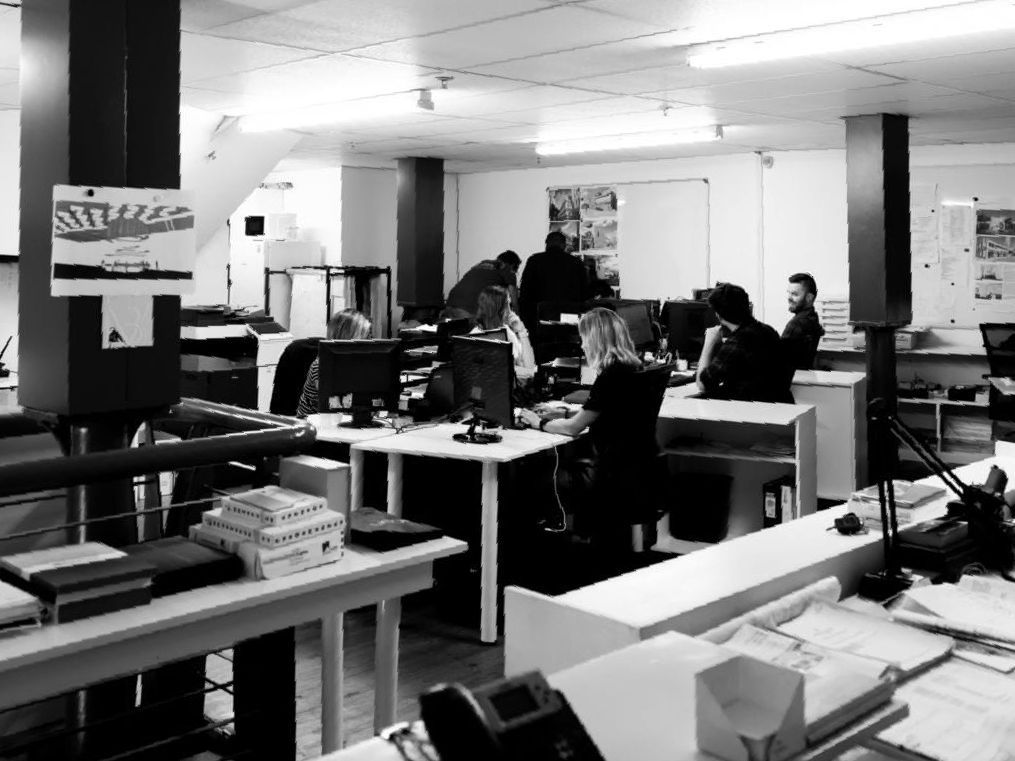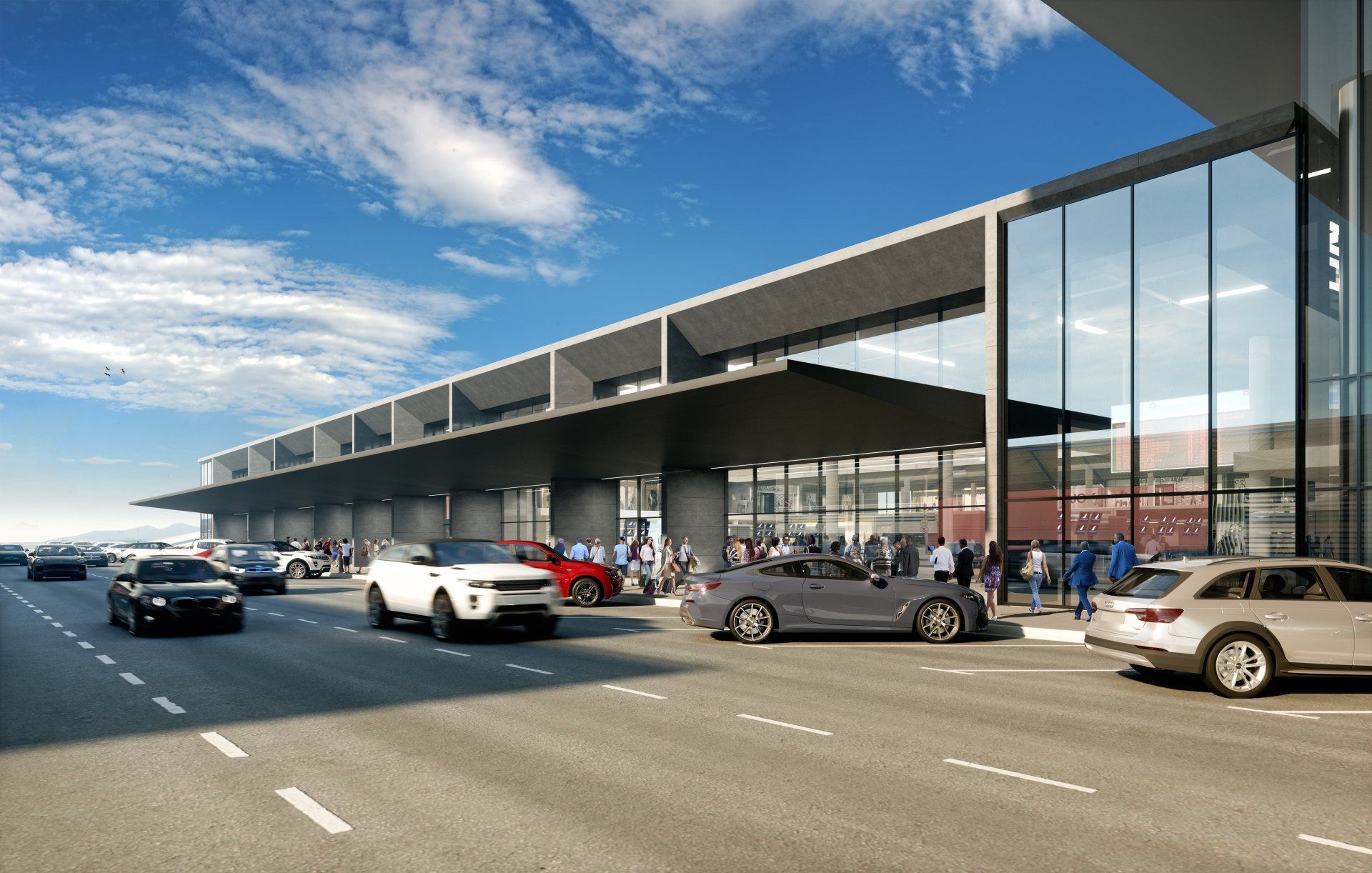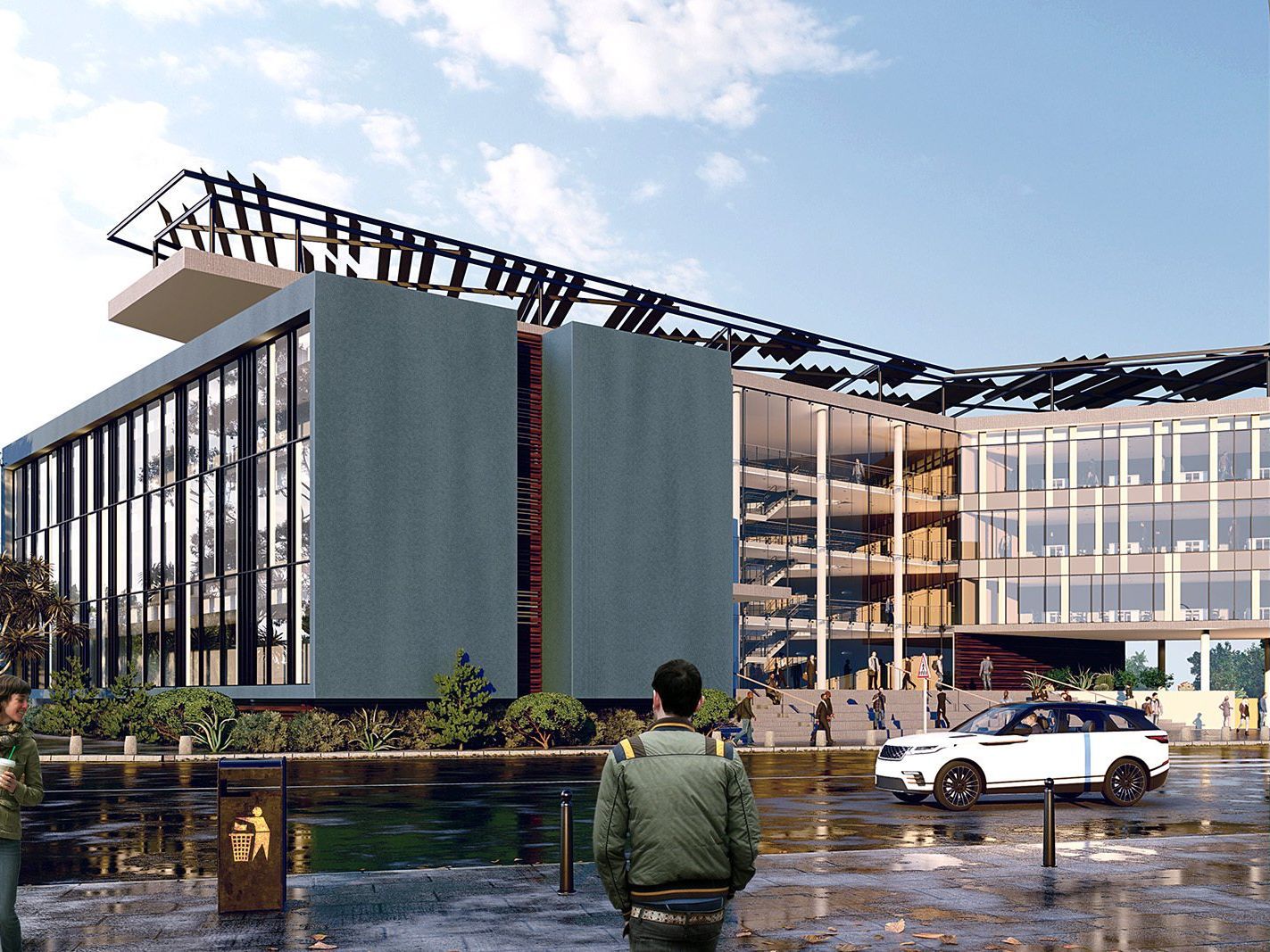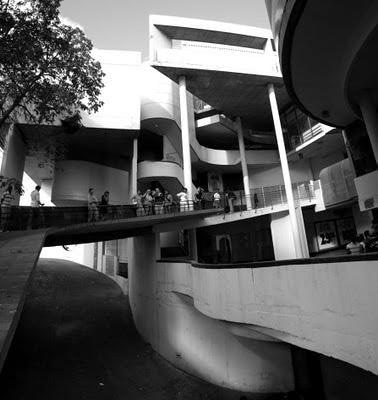In Architecture, the term “truth” refers to the central premise on which a building is designed. There is no single ‘truth’ underpins all architectural innovations – instead, truth refers to the individual motivation of the architect. For some architects, the truth in their designs may be the prioritisation of structural expression, or perhaps an emphasis on sustainable design throughout the building.
Truth can essentially be anything. Over the years, some philosophical revelations gained popularity – and movements were formed around them. Good examples of these would be the renaissance and modern movement. Both these events were motivated by fundamental ideas at their core which extended far beyond just Architectural Schools of Thought to the of socio-political landscapes of entire nations. To accurately assess the influence of truth in the design, it would be prudent to first analyse classical architecture, renaissance architecture, and modern architecture – in that chronological order.
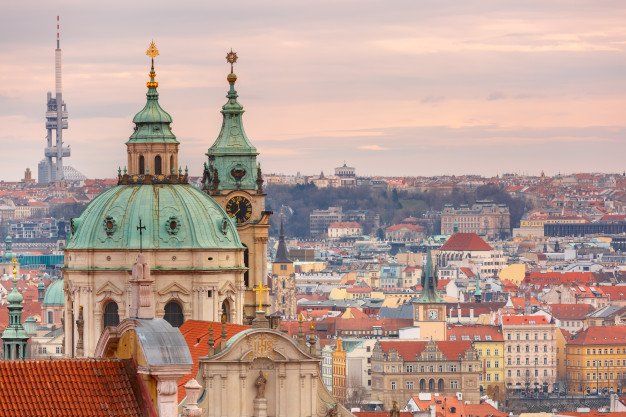
Classical Architecture 850 BCE to CE 476
For many people, the term ‘architecture’ is synonymous with the symbolically powerful columns and entablatures of classical architecture – such as the Parthenon. To a large extent, the person who defined classical architectural was the Roman Architect Vitruvius. Vitruvius theorised that the truth in architecture comes from three characteristics – strength, functionality, and beauty. One of his most notable works was a treatise on architecture entitled “De Architectura”. This is known to be the very first book on architectural theory. In it, Vitruvius proposes guidelines for the planning and design of buildings – prescribing everything from the general layout of a building to the ornamentation of structural columns. Vitruvius outlines how to achieve strength, functionality, and aesthetic beauty, using his innovative architectural techniques. In the book, ‘De Architectura’ could quite possibly be the most straight forward example of an architectural ‘truth’.
Renaissance Architecture 1400 to 1600
The architectural truth that should be analysed is the truth of Renaissance Architecture. The renaissance refers to the period of drastic social change that took place in Europe between 1400 to 1600 AD. This change completely revolutionised art, music, politics, economics, culture, and architecture. One of the key people who translated renaissance ideologies into architectural method was the Italian architect Filippo Brunelleschi. Brunelleschi is considered to be the founding father of Renaissance architecture – and this claim is substantiated by his works, which include among others the Florence Cathedral Dome, and the Basilica of San Lorenzo. In both buildings, we can identify the same architectural characteristics that Brunelleschi popularised during the renaissance period – such as simple geometric floor plans, meticulous designed symmetrical facades, traditional columns, and arcs and domes that are both structural and ornamental. All of these characteristics form an architectural truth which we now refer to as the ‘Renaissance style’.

Modern Architecture 1900 – Present
After the Renaissance, the next significant paradigm shift was the Modern Movement. This took place all around the world at the turn of the previous century. Much like the renaissance, this paradigm shift revolutionised art, music, architecture and other sociocultural identifiers. Le Corbusier is considered to be the father of modern architecture. He, and other major modern architects, created the International Style – which was a revolutionary architectural movement that sought to be implemented globally as buildings that were independent of national vernacular architectural styles.
The architectural truth in the international style lay in the removal of every elements that didn’t contribute to the building’s function. The phrase “form follows function” was coined by American Architect Louis H Sullivan, and was a generally-accepted principal among architects of that time. The International Style was achieved through the design of simple rectilinear forms, flat surface planes stripped of ornamentation, open interior spaces, and the liberation of the ground floor through the use of slim columns and cantilevering.
For more information about our innovative architectural services and on how we can assist you, get in touch with our team of professional architects and designers in Durban and Cape Town.




Cape Town
109 Waterkant Street
De Waterkant Cape Town
South Africa, 8001
Durban
Rydall Vale Office Park
Rydall Vale Crescent
Block 3 Suite 3
Umhlanga, 4019
Website design by Archmark


